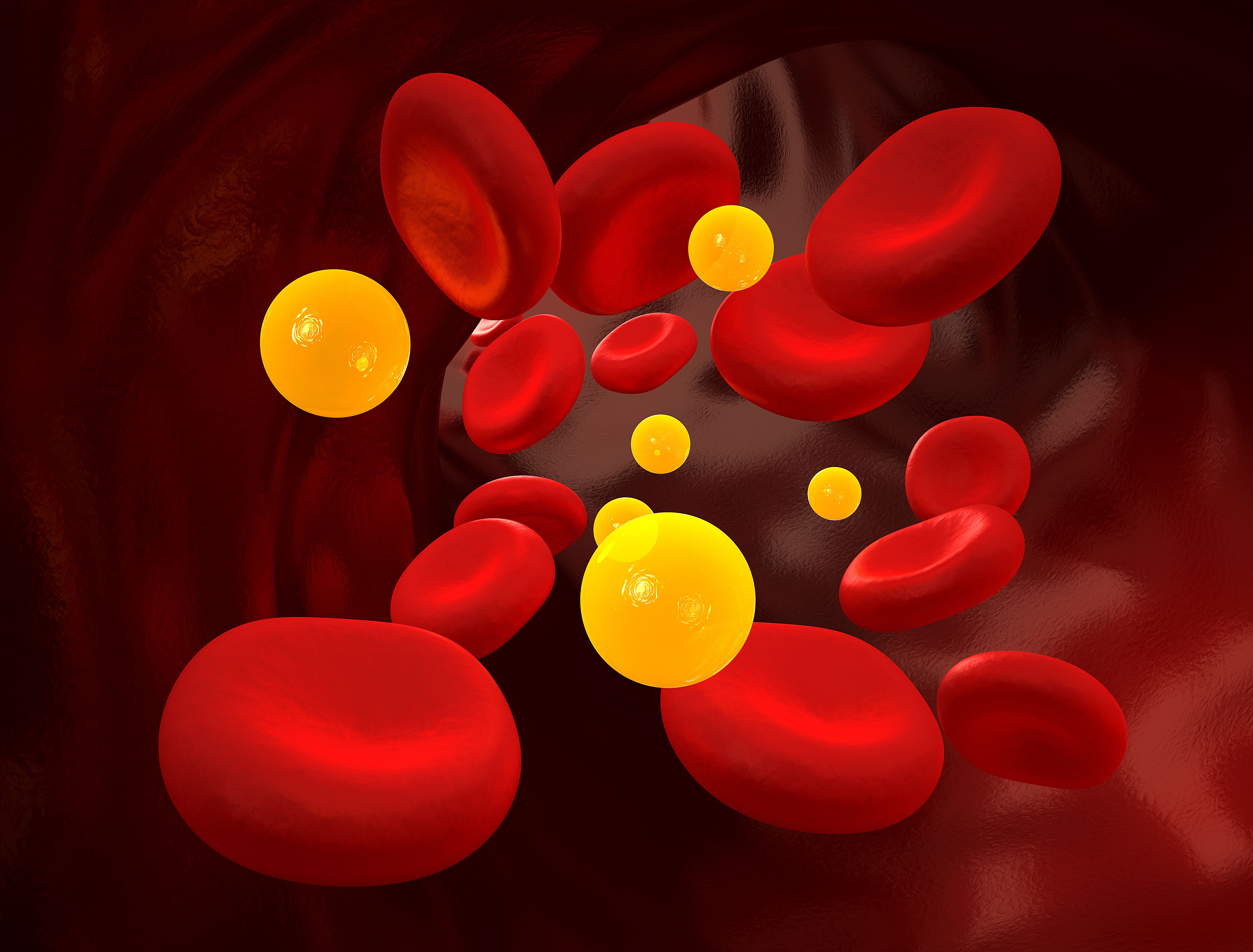Article
Rivaroxaban Bests Combination Therapy for Total Event, Mortality Risk in Stable CAD with AFib
A secondary analysis of the AFIRE trial provides further detail on the reduction in event risk and mortality associated with rivaroxaban monotherapy compared to combination therapy in patients with atrial fibrillation and stable coronary artery disease.
New data from a post hoc secondary analysis of the landmark AFIRE trial is shedding further light on the purported benefits of rivaroxaban monotherapy compared to combination therapy for reducing event risk in patients with atrial fibrillation and stable coronary artery disease.
An analysis of the total incidence of thrombotic, bleeding, and fatal events between the rivaroxaban monotherapy and the combined rivaroxaban and antiplatelet therapy arms, results suggest use of rivaroxaban monotherapy was associated with a 38% reduction in risk for total events and also provide insight into the mortality risk following a bleeding event versus a thrombotic event in this patient population.
“Results of this post hoc secondary analysis of the AFIRE randomized clinical trial conducted in Japan showed that rivaroxaban monotherapy was associated with lower risks of total events, including both the first and subsequent events, than combination therapy,” wrote investigators.
A prospective, randomized, parallel assignment, open-label trial enrolling more than 2200 participants, the Atrial Fibrillation and Ischemic Events With Rivaroxaban in Patients With Stable Coronary Artery Disease Study (AFIRE Study) was launched in 2015, stopped early due to increased mortality in the combination-therapy group, and published in the New England Journal of Medicine in 2019. Results of the trial demonstrated rivaroxaban monotherapy was noninferior to combination therapy for a composite efficacy endpoint of stroke, systemic embolism, myocardial infarction, unstable angina requiring revascularization, or death from any cause.
In the secondary analysis, investigators planned to assess total incidence of thrombotic, bleeding, and fatal events between the groups, with the primary outcome of interest the being the difference in risk of subsequent events, which was assessed using Cox regression analyses. For the purpose of analysis, the status of thrombotic or bleeding events that had occurred by the time of death was used as a time-dependent variable in the aforementioned Cox regression analyses.
To be considered eligible for inclusion in the analysis, patients needed to have atrial fibrillation with stable coronary artery disease and have undergone PCI or CABG 1 or more years earlier or had angiographically confirmed coronary artery disease not requiring revascularization. Of the 2240 patients enrolled in the original trial, a total of 2215 patients were included in the modified intention-to-treat analysis. This population had a mean age of 74 (SD, 8.2) years and 79.1% were men. Overall, the group included 1107 patients from the monotherapy group and 1108 from the combination therapy group, with no statistically significant differences in baseline characteristics between the cohorts.
Upon analysis, results suggested the total event rate for the rivaroxaban monotherapy group was 12.2% compared to 19.2% among the combination therapy group during a median follow-up of 24.1 (IQR, 17.3-31.5) months. Results also indicated the mortality rate was 3.7% with rivaroxaban monotherapy compared to 6.6% with combination therapy. Use of rivaroxaban monotherapy was associated with a 38% reduction in risk of total events compared with combination therapy (HR, 0.62 [95% CI, 0.48-0.80]; P <.001).
Further analysis revealed rivaroxaban monotherapy was an independent factor associated with a lower risk of subsequent events when compared against combination therapy. Additionally, observed results indicated the mortality risk after a bleeding event was greater than that observed after a thrombotic event.
“Bleeding events were more important than thrombotic events in terms of mortality risk. As societies continue to age around the world, bleeding may be a prominent issue on which to focus. Thus, clinicians will have to consider tapering antithrombotic agents in patients with AF after PCI to minimize their bleeding events,” wrote investigators.
In an invited commentary, Ying Gue, MBChB, PhD, Diana Gorog, MBBS, MD, PhD, and Gregory Y. H. Lip, MD, commended investigators for their study’s addition to the existing knowledge base but cautioned there are still unanswered questions regarding optimal antithrombotic regimens in certain patient populations that remain unanswered.
“The analysis of total event rates, separated into first and subsequent events, in both arms provides a more comprehensive view of the overall benefit and risk of the 2 approaches. The fact that bleeding events affect subsequent mortality more perhaps emphasizes the dilemma faced by clinicians after a bleeding event on how to optimally manage the subsequent antithrombotic regimen, which was not addressed by this study,” wrote the trio.
This study, “Rivaroxaban Monotherapy vs Combination Therapy With Antiplatelets on Total Thrombotic and Bleeding Events in Atrial Fibrillation With Stable Coronary Artery Disease,” was published in JAMA Cardiology.




